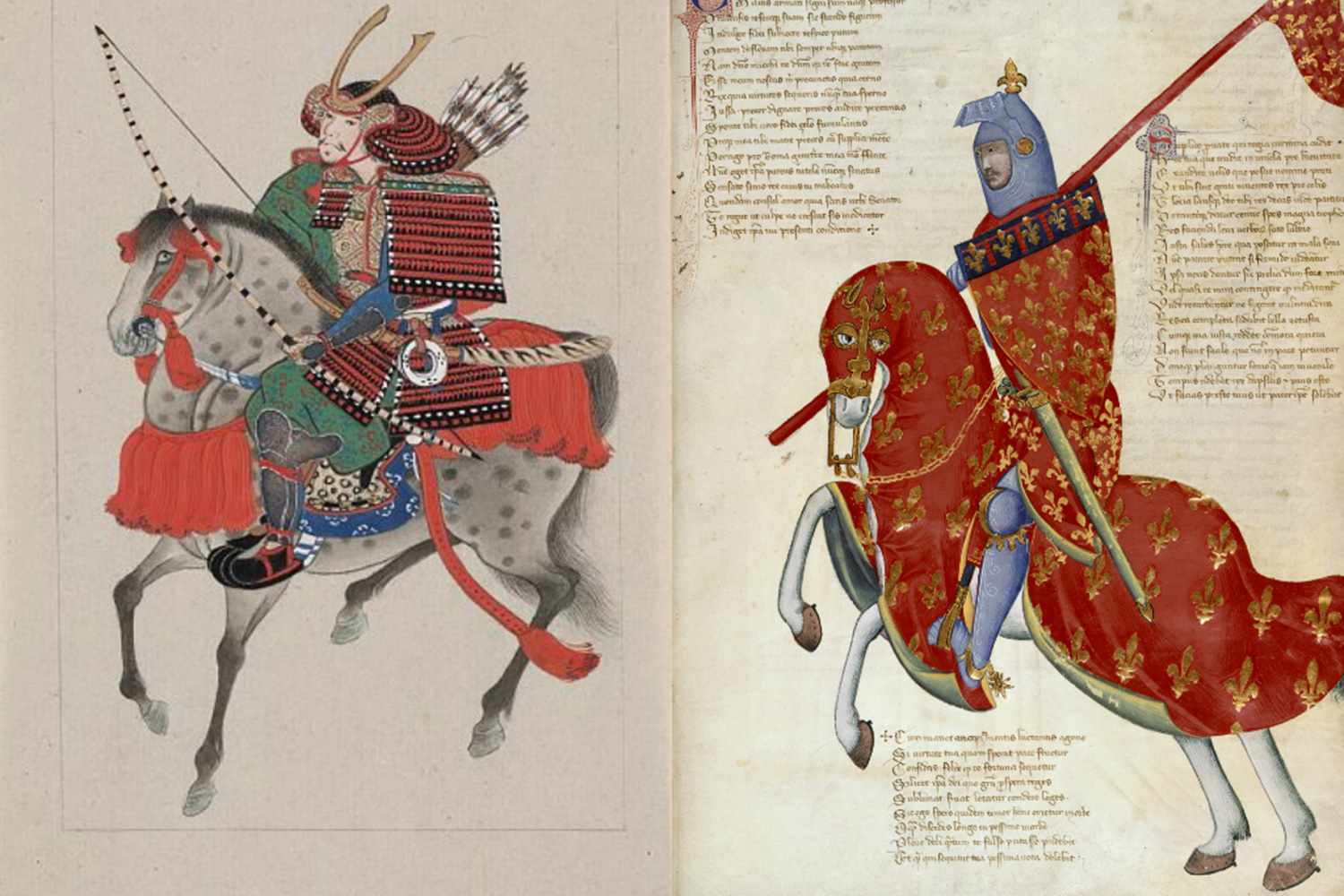Feudalism was a social and political system that evolved in both Europe and Japan during the Middle Ages. Although they shared some similarities, there were significant differences in their political, economic and social structures. In Europe, feudalism was characterized by a decentralized political system, focused on agriculture as the backbone of its economy and with limited social mobility. In contrast, feudal Japan’s political system was more centralized, the economy relied on rice cultivation and there was a more fluid social structure, in which people could change their status depending on their abilities and connections.
Feudal Europe vs. Feudal Japan: A Comparison of Two Feudal Societies
Introduction
Feudalism was a system of government and social organization that emerged in Europe and Japan during the Middle Ages. While the two societies shared some similarities in their feudal structures, there were significant differences in their political, economic, and social systems.
Political Structures
In Europe, feudalism emerged after the collapse of the Roman Empire, and it was characterized by a decentralized political system. The king was the highest authority, but he shared power with the nobles, who controlled their own lands and armies. The feudal lords owed loyalty and military service to their king, but they had considerable independence in their decision-making. The system was further complicated by the Catholic Church, which played a powerful role in European politics.
In contrast, feudal Japan had a more centralized political structure. The emperor was the figurehead, but the real power lay with the shogun, a military leader who controlled the government. Under the shogun, the daimyo were regional lords who controlled their own lands and armies. Unlike in Europe, there was no dominant religion shaping political decisions in Japan.
Economic Systems
The economic systems of feudal Europe and Japan were also quite different. In Europe, agriculture was the basis of the economy, and most people were peasants who worked the land for their lord. The feudal lords had control over the land and its resources and could extract various types of payments, including rent and labor, from their tenants.
In contrast, Japan’s economy was based on a system of rice cultivation. The daimyo controlled vast rice paddies and relied heavily on the labor of peasants who worked the land. Trade was also an important part of the economy in Japan, with merchants playing a prominent role in society.
Social Structures
The social structures of feudal Europe and Japan were also quite different. In Europe, social mobility was limited, and individuals were generally born into their social class. The noble class held a prestigious position in society and had significant political power.
In contrast, Japan’s social structure was more fluid, and individuals could move up or down the social ladder depending on their abilities and connections. The samurai class held a respected position in society, and loyalty and honor were highly valued. In Japan, women had more opportunities to hold positions of power and influence than they did in Europe.
Conclusion
Overall, while both feudal Europe and Japan had similar structures of government and social organization, there were significant differences in their political, economic, and social systems. Feudal Europe was characterized by a decentralized political system, an agricultural economy, and limited social mobility. In contrast, feudal Japan had a centralized political structure, a rice-based economy, and a more fluid social structure that valued honor and loyalty. Understanding these similarities and differences can help us gain a better understanding of the historical context of these two societies.
